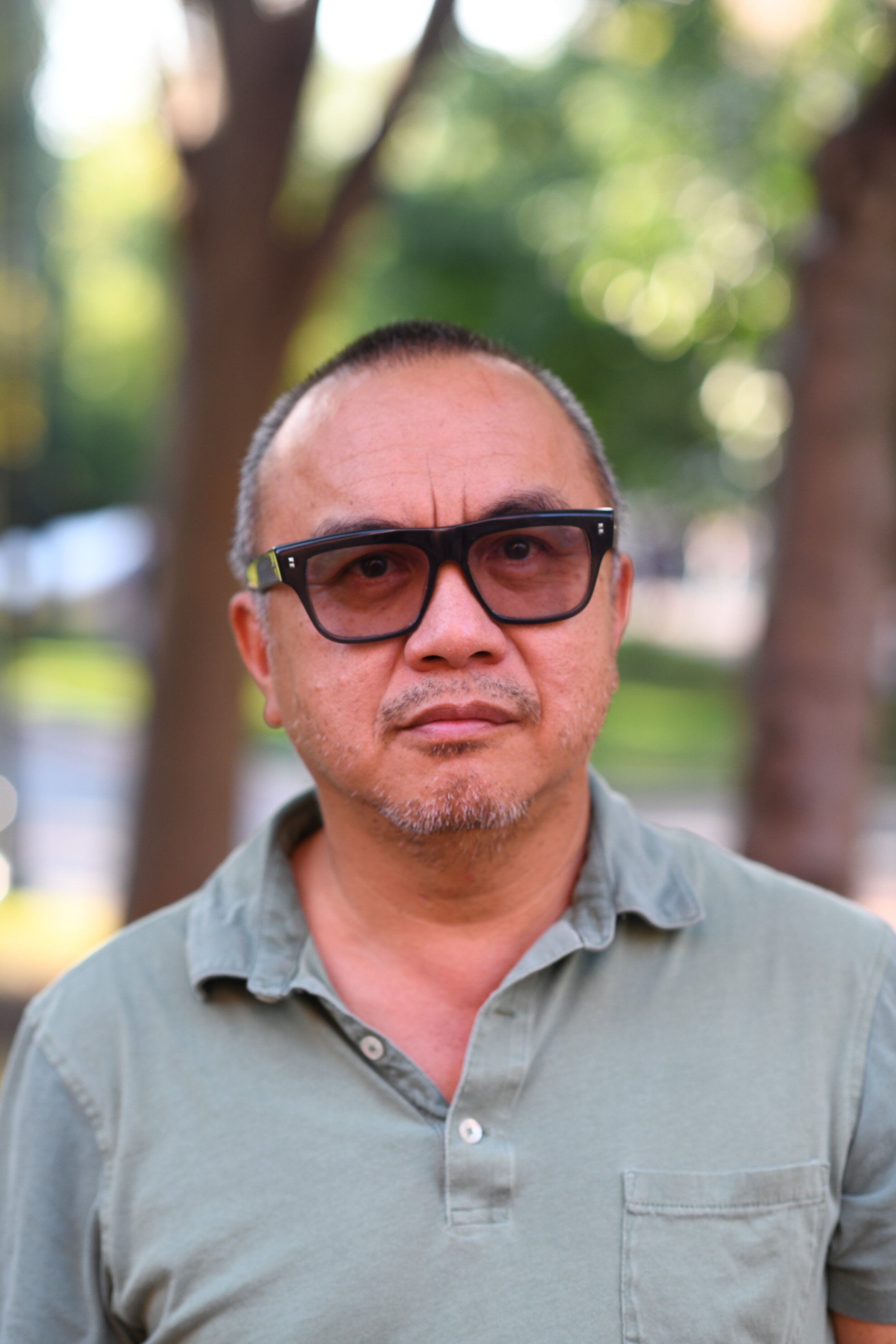Stewards: Symbols & Systems of Representation with Monument Lab’s Paul Farber and Ken Lum
Art, history, and justice are inextricably linked and play an important role in how we critically engage with public spaces and the monuments often found within them. As we ruminate on the nuances of monuments and how they impact feelings of safety, our understanding of these intersections is even more critical. In this week's Snapshot, we reconnect with Monument Lab co-founders (and past partners on our New Monuments for New Cities exhibition) Paul Farber and Ken Lum to uncover how public symbols and systems of representation can enhance or hinder feelings of safety in public spaces, and the role of artists, activists, and othered voices in shaping a more welcoming and inclusive urban landscape.
About Monument Lab
Monument Lab is a public art and history studio based in Philadelphia, with projects and partnerships across North America. Co-founded by Director Paul Farber (he/they) and Senior Curatorial Advisor Ken Lum (he/him) in 2012, Monument Lab cultivates and facilitates critical conversations around the past, present, and future of monuments. The organization works with artists, students, educators, activists, municipal agencies, and cultural institutions on participatory approaches to contemporary art, public engagement, and collective memory. As a studio and curatorial team, they collaborate to make generational change in the ways art and history live in public.
Monument Lab’s approaches include producing citywide art exhibitions, site-specific commissions, and participatory research initiatives. They aim to inform the processes of public art, as well as the permanent collections of cities, museums, libraries, and open data repositories. Through exhibitions, research programs, editorial platforms, and fellowships, Monument Lab has connected with hundreds of thousands of people in person and millions online to critically engage our inherited symbols in order to unearth the next generation of monuments that elevate stories of resistance and hope.
Paul and Ken’s reflections on (re)making safe public spaces
To maximize the safety of public spaces for all communities, they must be designed, built, and maintained with mutual relationships of trust, care and belonging at their core. Paul and Ken emphasize that this approach should also allow for a critical examination of exclusionary forces such as restricted access, hyper-policing, and surveillance that have historically targeted and jeopardized the most marginalized people in society.
“Safety means a space where the most othered among us feel not only safe but welcome. In Canada, it means First Nations and Aboriginal peoples should feel welcome and should want to go to such a space. It means BIPOC, disadvantaged, and immigrants with English as a second language feel safe and would want to go to such a space”
With monuments often serving as the focal point and namesake for a given public space, Paul and Ken imagine a more inclusive future where these public symbols no longer reflect top-down representations of power—which usually tend toward the habitus of the powerful—but instead serve as democratizing platforms for exchange.
What might these new platforms look like? Paul and Ken have noticed increasing numbers of creative and critical agents, in the form of artists, activists and community-based organizations, taking early leadership roles in reckoning with reimagining public monuments and public spaces. The Monument Lab co-founders highlighted the work of their own organization’s Transnational Fellows, as an example of creative practice that advances critical dialogue about monuments and public spaces.
Paul and Ken also spotlighted others in the field whose work aims to make public spaces safer, while also providing an opportunity to empathetically consider who gets remembered and who does the remembering in public spaces. Design as Protest is a BIPOC-led coalition that works to reverse the violence and injustice of defensive or otherwise oppressive public space design; Take Back the Night Foundation is helping to tackle issues of violence in public space; while the Brennan Centre for Justice and the United Nations Habitat focus on policy changes that can help build more equitable and safe cities for everyone.
“It is important to be able to step in someone else’s shoes. Feeling safe is all too often a privilege rather than a right. Addressing this would allow for a concerted effort to address both our symbols and our systems of representation”
Follow Monument Lab on Twitter and on Instagram at @Monument_Lab.
Follow Paul Farber on Twitter and Instagram at @paul_farber and Ken Lum on Instagram at @ken_lum.

